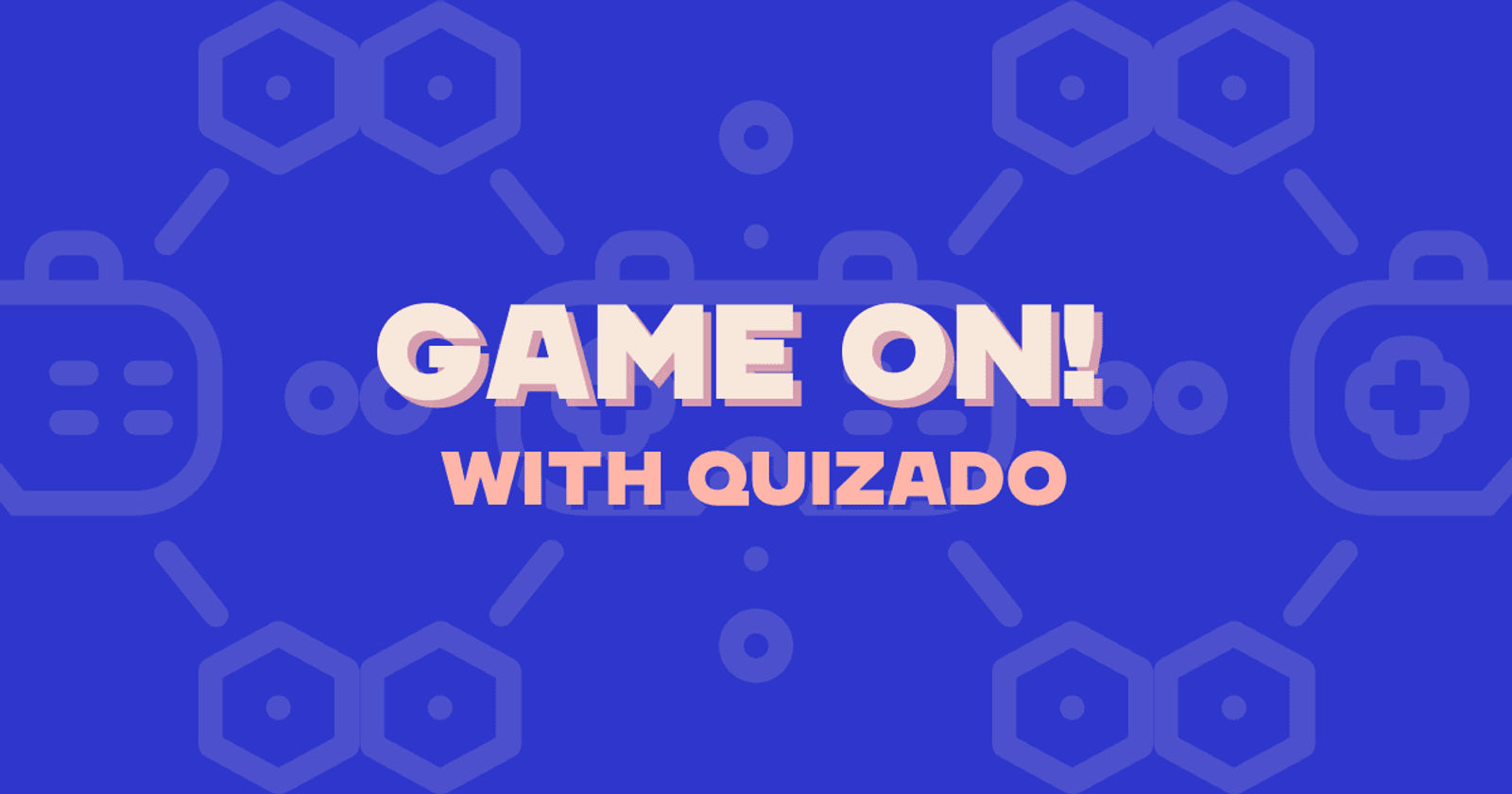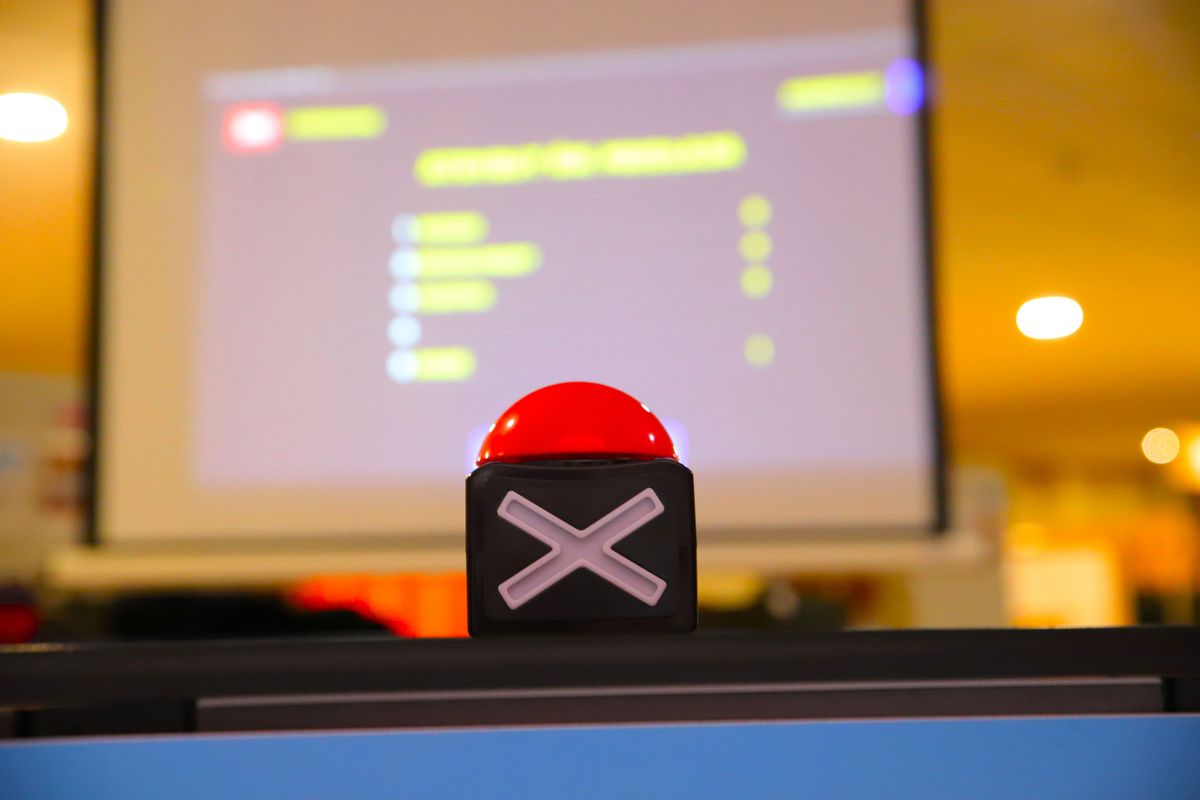Game On! How Gamification Can Level Up Your Classroom
July 31, 2024

As teachers or educators in any form, we know that one of the biggest challenges is ensuring that your students are all engaged. With so many distractions in the world, like tablets and mobile games, it can be tricky to get the children's engagement, and you need to ensure they are learning in the best way.
Over the last few years, one of the most significant and effective solutions hasn’t been fighting technology and games but incorporating them.
Making gamification and technology part of the learning process has seen incredible results.
Research has been done to see just how far-reaching the impact is. So far, the studies show a significantly positive effect on students who have access to games while learning.
Without a proper understanding of gamification, it is easy to dismiss it. Surely, just playing games doesn’t support the learner's journey?
Gamification isn’t just playing games; it is more intricate. While it takes much of the format of a game, it sits in the educational realm.
Gamification in education has been proven to produce positive results. More specifically, there was a correlation between students with stronger concentration who more easily overcome challenges and gamified content.
Gamification of education taps into certain parts of human behavior, increasing engagement and emotional involvement with learning. Once you understand the psychological triggers and motives behind gamification in the classroom, it can become one of the most powerful tools.
So, what is gamification in education?

Gamification in Education
Gamification in education modifies many gaming principles to meet learners' goals. Video game elements, environments, rewards, instant feedback, and challenges are presented. Most children are comfortable with gaming mechanics, so adopting gamified learning can be quick.
However, rather than needing to ‘kill bosses, ' the requirement (the challenge) will be to answer questions correctly, beat timers, and gain school-appropriate rewards.
Gaming is often associated with quick reflexes. These, at their core, are motor skills. Both gross and fine can be used with gamification. Information recall is required quicker since often the games are on a timer - or against others. This strengthens retention and recall skills.
Engagement with education games is much higher because, like real games, they have bright graphics and music and require interaction in some form.
There are two defined gamification concepts:
Structural gamification uses game mechanics, such as badges, points, levels, and a leaderboard, to drive the learner through content without making any changes. The idea is to motivate students to engage with the content by offering them rewards and incentives.
Content gamification involves making content more ‘game-like,’ through challenges, activities, stories, or characters.
One of the strongest gamification apps you may be familiar with is Duolingo. It offers rewards, prizes, tapable screens, and interaction while learning a language.
What are the Benefits of Gamification in the Classroom?
While using new teaching methods is progress, it is important to know how they will benefit both you as a teacher and the students you are responsible for.
7 Benefits of Gamification
Collaboration and Teamwork
One of the things that teachers and students love about Quizado is the aspect of teamwork! While it can be set up for individual use, teamwork is so easy. Once you have set up your questions, you can divide the classroom into groups, and they can tap their way into winning the ‘game.’
Communication is required within the team to get all the answers. Bonds in the classroom are also part of what makes going to school so enjoyable for children. Gamification improves communication and teamwork, helping to cement those all-important peer relationships.
Expands Learning Opportunities
Almost all schools have a digital portal that children can use at home. However, not all students can access computers and tablets outside of school, which can disadvantage many children compared to their peers.
Introducing simple feud-style games like Quizado in the classroom allows them to access technology and gamification.
Quizado helps teachers expand learning opportunities and incorporate technology, gamification, and fun for all students.
Increased Student Engagement
It doesn’t take much to see just how much children enjoy gaming. It holds their attention for hours on end. Students used to playing games in other environments respond positively to gamification in their learning journey.
For students who don’t have access to technology, having the opportunity to enjoy something new is exciting! This helps to engage them, too. Quizado has interactivity and teamwork and injects healthy competition into the classroom, easily holding attention and increasing engagement.
Critical Thinking
Critical thinking is a skill that we must learn and develop. The cognitive system is typically ready to do this between 12 and 15.), but the foundations can be formed much earlier.
While children between the ages of 5 and 9 aren’t yet able to deal with complicated reasoning and arguments (in an education setting about whether something is correct or not), both logical and critical thinking can be encouraged.
With Quizado's set up, children can ponder the correct answer and talk about it with their peers at any age.
This helps form the basis for decision-making and problem-solving, further developing critical and logical thinking as they age. So, Quizado is an ideal base for one of the most important learned skills.
Learning Styles
Many studies are both for and against the idea that there are different learning styles. However, many people have preferred learning methods as they grow.
Some people need to ‘do’ the activity to understand it; others need to read it, while others need to hear it out loud or say it. Quizado easily incorporates all of these into one game. Here is how:
Once the game is set up, you, as the host and teacher, can read out the questions. The children in teams can discuss the answers, allowing for both the saying out loud and the hearing part.
The ‘do’ comes from tapping the answers on the screen. Quizado gives a rounded gamification experience that caters to all learning styles.
Benefits the Teacher
Understanding the knowledge gaps that your students have is one of the most important tools a teacher has.
Feedback is available immediately when using gamification, and adjustments and support can be implemented for the students. Real-time feedback comes from the answers children give and what they miss.
Elevated Learning Experience
Education has moved on from the original pen-and-paper copying from the board. There is a bigger demand for students now, too. Introducing students to technology and gamification gives them a more rounded learning experience.
It can help prepare them for life after school, where the use of technology is expected in almost all roles. Gamification of learning, with Quizado, bridges the gap between home and school.
 Photo by Julia M Cameron from Pexels
Photo by Julia M Cameron from Pexels
Which Skills are Developed with Gamification in the Classroom?
In 2019, the University of Sydney released a paper that covered gamification in education and called it the future of soft skill development.
- Motivation through rewards. With many games, there are items and gold for completing quests. Depending on your gamification route, you can have real-world prizes like certificates assigned to winners.
- A user-centric design is essential; you’ll see that Quizado is incredibly user-focused for the teacher and the teams of students using it. This is also why Quizado can be personalized with school logos and colors - to foster a sense of team and belonging.
- Problem-solving is one of the most essential life skills formed and improved through the education system.
- Engagement through gamification is a given. With Quizado, students must interact with the screen to win. However, it’s not just engagement with the screen; they must also engage with their peers and team members to get the right answers, further developing communication.
- Learning is what is expected in the classroom anyway. However, engaged and happy students tend to have a higher level of learning. They are more open to receiving new knowledge and to understanding it. There is a growing body of research on this topic. However, here is a quote “Happiness and positive emotions create dopamine and serotonin. When these substances are released into the brain it has positive effects on our memory as well as our brain's ability to learn. The chemicals increase the brain's capacity to make connections and make connections faster.” (You learn more when you are happy.
- Productiveness increases when there are rewards to be had during learning. Students are more likely to study ahead so that they can ‘win.’
- Leadership skills can be fostered from an early age. Using Quizado, there could be an appointed leader within each team, or one may naturally emerge. Leadership skills don’t come naturally to everyone, and this particular skill will last a lifetime if nurtured correctly.
- Time management. Although younger children might initially struggle with this, you, as the teacher, can keep them on track. As the children grow, timers can be set and understood. Effective time management comes into play by ensuring that the discussion and answering the question happen before the timer runs out.
Are you ready to see a higher engagement rate from the children in your classroom? Good! Grab Quizado and test it out for yourself.
How to Introduce Quizado to Your Students
Tell them ‘Why’: Start by telling them how Quizado makes learning fun and interactive encourages teamwork, and provides instant feedback and personalized improvement plans. It’s important to talk to the parents too! Show it off: Show your students a live demonstration of Quizado using one of the quiz questions mentioned earlier, and walk them through the process of answering as a group. Get them interested and excited to use the tool. Get Excited: Build excitement by discussing the different quiz categories that can be made with Quizado. Ask them for some ideas and get their input, too. Test it out: Use the free version to test the software out for yourself, and then, with your class's help, create a quiz for them to try it out.
How to Set Up Quizado for Success
To get the most out of Quizado for your classroom, make your quizzes fun and relevant:
- Make a list of questions covering topics your students have been learning about, using example quizzes to get started.
- Keep the questions simple until students get used to the format.
- Ensure all answers have been covered in lessons, with one bonus question for fun.
- Give students enough time to answer, but keep it brisk to maintain engagement.
- Note incorrect answers to address gaps in upcoming lessons.
Here’s what you need to get started with Quizado:
- The Quizado app (try the game for free).
- At least two teams (no limit).
- A teacher or group leader to host.
- A computer for online/remote play.
- A mobile device (if using it as a remote control).
- A TV screen or projector (for classroom play).



